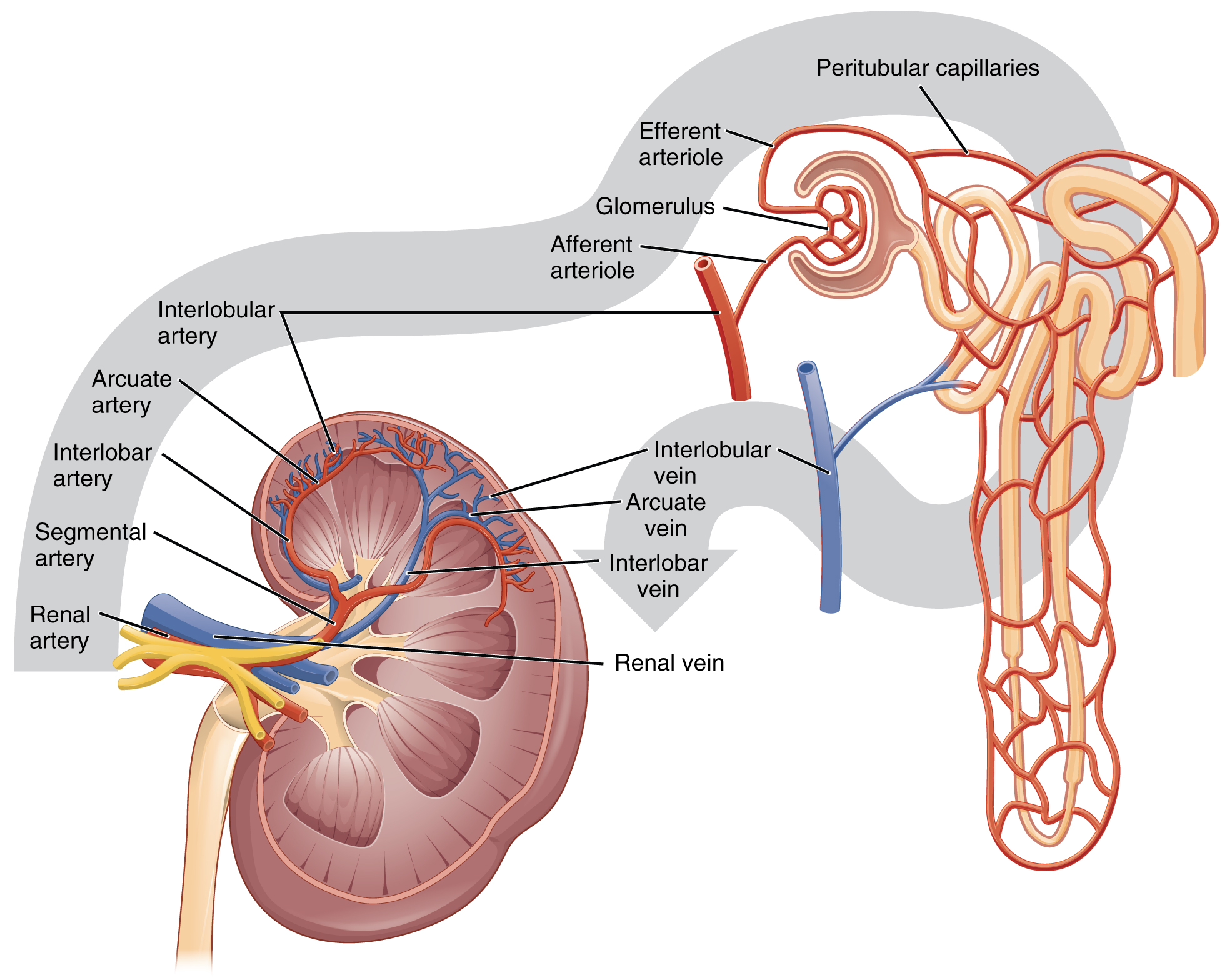Vertibil, Betahistine
- Introduction to Vertibil and Betahistine
- Composition of Betahistine
- Mechanism of Action: How Betahistine Works
- Betahistine tablet uses
- Off-Label Uses of Betahistine
- Dosage and Administration
- Betahistine side effects
- Detailed Analysis of Common Side Effects
- Drug Interactions with Betahistine
- Contraindications and Warnings
- Special Considerations for Administration
- Overdosage of Betahistine
- Storage Conditions for Betahistine
- Handling Precautions for Betahistine
- Important Precautions and Safety Measures
Introduction to Vertibil and Betahistine
Vertibil, known for its component betahistine plays a crucial role in treating vestibular issues, especially Menieres disease. This medication is well known for its effectiveness in alleviating symptoms like vertigo ringing in the ears and hearing loss, which can be quite challenging to deal with.

Betahistine
Overview of Vertibil
Vertibil acts as a guiding light for individuals experiencing vertigo and its associated symptoms. The key ingredient, betahistine plays a role, in rebalancing the inner ear's equilibrium ultimately enhancing the well-being of patients grappling with inner ear issues.
Role of Betahistine in Treating Medical Conditions
Betahistine stands out for its effectiveness in alleviating symptoms and is commonly recommended for issues related to the inner ear. Its role in improving blood circulation to the brain also highlights its significance, in treatment plans targeting hearing and balance problems.
Composition of Betahistine
The development of betahistine is carefully designed to guarantee effectiveness and safety. It consists of active ingredients as well, as additional components that enhance its pharmacological characteristics.
Active Ingredients
Betahistine Hydrochloride is the component that drives the therapeutic benefits of the medication.
Excipients and Formulation Details
Lactose monohydrate is frequently utilized as an additive to help tablets stick together while magnesium stearate plays a role, in preserving the tablet's structure throughout the production process.
Mechanism of Action: How Betahistine Works
Betahistine works by engaging with the histamine neurotransmitter system, in the body.
Pharmacodynamics: Interaction with Histamine Receptors
Betahistine mainly works by activating H1 receptors and blocking H3 receptors, which helps improve the transmission of histamine in the brain. This two-fold effect not only boosts histamine levels but also plays a key role, in relieving symptoms of vertigo.
Influence on Vestibular System and Blood Flow in the Inner Ear
The drug has an impact on the vestibular system helping to regulate sensory signals to the brain that are crucial for keeping balance. Additionally, betahistine plays a role in enhancing blood circulation in the inner ear, which is important, for relieving symptoms related to poor microcirculation.
Betahistine tablet uses
Betahistine is a used medication in the field of ear, nose, and throat medicine commonly prescribed for treating Ménières disease and various balance-related disorders. Its ability to alleviate symptoms linked to these conditions makes it a vital tool, in the practice of otolaryngology.
Primary Indications: Management of Ménière's Disease and Vestibular Disorders
The foundation of Betahistine treatment is rooted in its influence on Ménières disease a condition marked by bouts of dizziness, hearing impairment, and ringing in the ears. By managing the ear pressure Betahistine eases the troubling dizzy spells and changes, in hearing linked to this disorder.
Symptomatic Treatment of Tinnitus and Vertigo
- Tinnitus; Betahistine has been proven to be effective in reducing the sensation of ringing or buzzing in the ears, which is often felt by individuals with ear issues.
- Vertigo; Betahistine dose for vertigo acts as a suppressant playing a key role, in lessening the severity and occurrence of vertigo episodes thus improving the balance and direction perception of those dealing with vestibular problems.
Off-Label Uses of Betahistine
Betahistine, commonly used to treat Ménières disease and vestibular disorders has sparked interest for new uses outside its approved medical uses. This exploration of therapeutic applications is fueled by its diverse pharmacological characteristics and the need for innovative treatment choices, in related healthcare sectors.
Potential Applications Beyond Approved Indications
Scientists are now looking closely at how effective Betahistine is in treating conditions like migraines, where its ability to widen blood vessels could help relieve symptoms. Moreover its use, in easing motion sickness symptoms shows how versatile it can be, as it works on both peripheral mechanisms to stabilize vestibular function.
Review of Clinical Studies and Emerging Evidence
Recent studies in the field have gathered a wealth of information on the diverse benefits of Betahistine. For example, a controlled trial showed its effectiveness in lessening the frequency and intensity of episodes in individuals, with vestibular migraine prompting further exploration. In a study involving patients Betahistine treatment demonstrated enhancements in controlling vertigo compared to a placebo. Additionally, early research indicates that Betahistine might reduce the sensitivity of the system to motion potentially lowering the risk of motion induced nausea and dizziness.
Dosage and Administration
Dosage adjustments of betahistine for vertigo should be customized based on varying age groups and health conditions to ensure treatment and safety. Following the doses accurately is crucial to reaching the desired medical results while minimizing potential risks, for patients.
Recommended Dosages for Different Age Groups and Conditions
- Adults usually begin with a Betahistine dose of 8 to 16 mg taken three times a day. Adjustments to the dosage might be needed depending on how severe the symptoms how well the patient is responding to treatment.
- For elderly individuals, it is typically recommended to monitor them closely as they may have increased sensitivity to the medication.
- Betahistine isn't commonly prescribed for children because there isn't clinical data available regarding its safety and effectiveness, in this age group.
Methods of Administration and Timing of Doses
Betahistine is usually taken by mouth. The timing of when you take the doses can have an impact on how well it works, especially in relation to meals. It's typically advised to take this medication with or without food. Sticking to a consistent routine, in how you take it can help maintain stable blood levels and improve its effectiveness overall.
Betahistine side effects
Although most patients tolerate Betahistine well it does come with some side effects. Being aware of these reactions can help patients and healthcare professionals in handling them.
Overview of Common Side Effects
The frequently mentioned side effects consist of minor stomach issues like queasiness and digestive discomfort, which are typically temporary and can be handled. Headaches and a sense of bloating may also. are generally rare.
Managing Side Effects and When to Seek Medical Attention
Most of the side effects caused by Betahistine can usually be controlled through basic measures like changes in diet or adjusting when you take the medication. If these side effects continue or get worse it's important to see a doctor.
Patients need to be extra cautious about any signs that could suggest a reaction, such as facial swelling, lip swelling, tongue swelling or throat swelling along, with breathing difficulties all of which should be checked out by a healthcare provider right away.
Detailed Analysis of Common Side Effects
Betahistine, although it is usually considered safe comes with a range of negative reactions that need to be carefully weighed in terms of how often they occur and how severe they can be. It's crucial for both healthcare providers and patients to have a grasp of these side effects so they can effectively handle and reduce any potential dangers.
Frequency and Severity of Typical Adverse Reactions
Digestive Problems; The common issues often involve feelings of queasiness and indigestion affecting a portion of patients. Headaches; Sometimes mentioned these are usually mild and short lived in nature.
Comparative Analysis with Other Vestibular Treatment Options
When looking at medications used to treat vestibular disorders like meclizine and dimenhydrinate Betahistine is commonly preferred due, to its reduced sedative impact and minimal anticholinergic side effects. This characteristic indicates an improved safety level, especially concerning cognitive decline and drowsiness which are crucial aspects to consider for older individuals.
Drug Interactions with Betahistine
When Betahistine is taken together with medications it can impact how it works in the body, which may affect how well it works and if it is safe to use. Knowing about these interactions is important, for getting the results from treatment and reducing any potential risks.
Common and Significant Drug Interactions
Medications such as ranitidine, known as H2 antagonists might reduce stomach acid levels, which could change how Betahistine is absorbed. MAO inhibitors can impact how Betahistine is metabolized potentially causing drug levels, in the blood and increasing the chances of experiencing side effects.
Effect on Absorption, Metabolism, and Excretion
Betahistine absorption may be affected by the acidity levels in the stomach. Its breakdown mainly occurs in the liver primarily through the action of an enzyme called monoamine oxidase B (MAO B).
Alterations in these mechanisms due to interactions with medications can have a notable impact on how effectively the drug works and its availability in the body. It is crucial to grasp these dynamics to ensure dosing and prevent any possible conflicts, in treatment.
Contraindications and Warnings
Betahistine is helpful in addressing issues but it may not be the right choice for every patient. Some situations and variables could make its usage unsuitable requiring an evaluation of possible dangers and essential safety measures prior, to recommending this medicine.
Conditions and Factors That Prohibit the Use of Betahistine
- Pheochromocytoma; Betahistine should not be used in patients with this adrenal gland tumor due to the risk of causing a crisis.
- Severe Hypotension; Patients, with low blood pressure should steer clear of Betahistine as it may worsen their condition.
Potential Risks and Necessary Precautions
Healthcare providers should be careful when treating patients who have had ulcers or asthma as Betahistine could worsen these conditions. It is also important to monitor patients for any potential side effects that may arise during treatment and take prompt action to address them.
Special Considerations for Administration
When giving Betahistine it's important to adjust the dosage according to the patients characteristics and health factors to guarantee effectiveness and safety.
To the Elderly: Adjustments and Monitoring Requirements
Elderly individuals might show heightened sensitivity to Betahistine leading to the need for dosage modifications and closer monitoring, for adverse effects especially those affecting circulation and kidney functions.

Kidney functions
To Pregnant Women and Nursing Mothers: Safety Profile and Recommendations
During pregnancy and breastfeeding it is recommended to use Betahistine when the advantages outweigh the possible risks, to the baby. Since there is a lack of research it's crucial to proceed with caution and explore other options if possible.
To Children: Dosage Guidelines and Precautions
Betahistine is usually not advised for children due, to information regarding its safety and effectiveness. If deemed necessary its utilization should be closely monitored by professionals with dosage adjustments made cautiously to reduce possible risks and prioritize patient well being.
Overdosage of Betahistine
In cases where there is an overdose of Betahistine, it is important to identify the symptoms and seek immediate medical help to reduce any possible dangers and protect the patient well being.
Symptoms of Overdose and Immediate Actions to Be Taken
- Signs; Symptoms of an overdose can manifest as feelings of nausea, vomiting, and potential issues, like low blood pressure or heart-related concerns.
- Immediate Response; In case of a suspected overdose it is crucial to seek medical help. The initial steps usually involve ensuring airway, breathing, and circulation followed by providing symptomatic relief and necessary support.
Treatment Protocols and Supportive Measures
In case of an overdose of Betahistine, the main approach involves providing support to the patient concentrating on sustaining functions and addressing symptoms.
If the individual is conscious and alert within the hour after ingestion options, like gastric lavage and giving activated charcoal could be contemplated. It is crucial to provide monitoring and supportive treatment in a healthcare setting to maintain the patient's condition.
Storage Conditions for Betahistine
Storing Betahistine correctly is crucial to keep it effective and make it last longer. Following the advised storage guidelines is a part of taking care of pharmaceuticals.
Optimal Storage Temperature and Conditions
It's best to store Betahistine at room temperature around 15 to 25 degrees Celsius in a dry and shaded place. Remember to keep it out of children's reach to avoid ingestion.
Shelf Life and Disposal Recommendations
The typical lifespan of Betahistine is 5 years from the manufacturing date if stored as recommended. It is advisable to dispose of unused Betahistine in compliance, with local guidelines preferably by utilizing a pharmacy take back program to protect the environment and deter misuse.
Handling Precautions for Betahistine
Ensuring that Betahistine is handled safely is crucial, not, only in medical environments but also when patients take it at home. Following procedures helps avoid accidental contact and guarantees the effectiveness of treatment.
Safe Handling Practices for Healthcare Providers and Patients
- Healthcare professionals should wear gloves while giving out medication to avoid touching it with their skin. They should also remember to wash their hands after handling the medication.
- For patients, it's recommended to touch tablets with dry hands and promptly return the medication to its container to keep it safe and effective.

Gloves holding medicine
Measures to Prevent Accidental Exposure and Overdose
To prevent contact, especially in homes with young ones Betahistine ought to be kept in child-resistant packaging and stored in safe locations. Additionally, individuals should be advised on the significance of following prescribed doses to avoid accidental overdosing along, with providing clear guidance on the actions to take in case of an overdose.
Important Precautions and Safety Measures
To ensure the safety and effectiveness of Betahistine treatment it is important to take precautions, regularly monitor, and make lifestyle adjustments.
Regular Monitoring and Assessment Recommendations
Patients who are taking Betahistine should have checkups to track how well the treatment is working and catch any negative reactions quickly.
These checkups should involve hearing tests and assessments of balance to make sure the medication is doing its job effectively and without causing any issues.
Lifestyle and Dietary Advice for Patients on Betahistine
Patients prescribed Betahistine could find it helpful to receive dietary and lifestyle guidance to optimize the effectiveness of the drug and minimize any adverse reactions.
Suggestions may involve steering high sodium consumption as it could worsen vestibular disruptions linked to Ménières disease.
Additionally staying adequately hydrated is crucial as it aids in regulating ear fluid levels potentially alleviating symptoms, like dizziness and balance problems.















